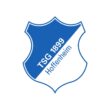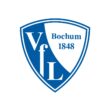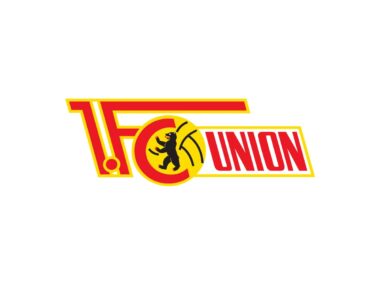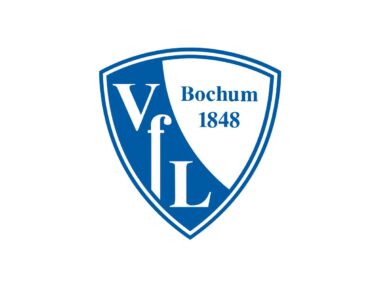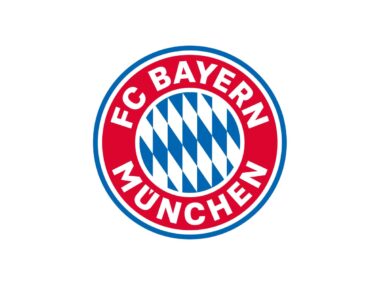VfB Stuttgart Color Codes
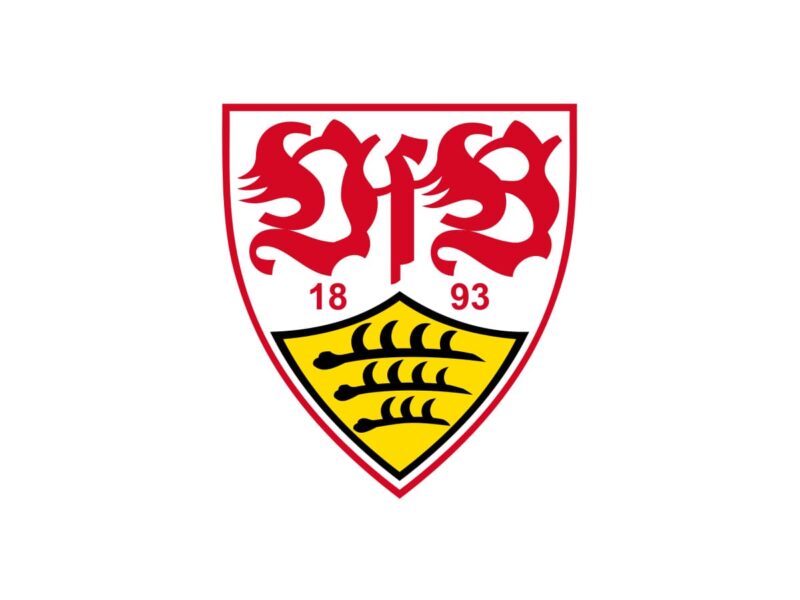
Table of Contents
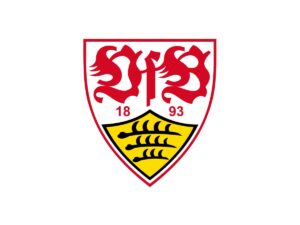
Primary VfB Stuttgart Color Codes
RED
PANTONE: PMS 485 C
HEX: #E32219
RGB: (227, 34, 25)
CMYK: (0, 85, 89, 11)
WHITE
HEX: #FFFFFF
RGB: (255, 255, 255)
CMYK: (0, 0, 0, 0)
YELLOW
PANTONE: PMS 803 C
HEX: #FFED00
RGB: (255, 237, 0)
CMYK: (0, 7, 100, 0)
BLACK
PANTONE: PMS BLACK 6 C
HEX: #000000
RGB: (0, 0, 0)
CMYK: (0, 0, 0, 100)
VfB Stuttgart Color Codes in RGB, CMYK, Pantone and HEX
Certainly! Here’s a table showcasing the RGB, CMYK, Pantone, and HEX color codes for VfB Stuttgart:
| Color | RGB | CMYK | Pantone | HEX |
|---|---|---|---|---|
| Red | (227, 34, 25) | (0, 85, 89, 11) | PMS 485 C | #E32219 |
| White | (255, 255, 255) | (0, 0, 0, 0) | Not Available | #FFFFFF |
| Yellow | (255, 237, 0) | (0, 7, 100, 0) | PMS 803 C | #FFED00 |
| Black | (0, 0, 0) | (0, 0, 0, 100) | PMS Black 6 C | #000000 |
Key Features of VfB Stuttgart Color Codes
VfB Stuttgart, a renowned German football club, boasts a rich history and distinctive features that set it apart in the world of sports. Founded on September 9, 1893, as Stuttgarter Fußballverein, it initially focused on rugby before shifting to football in 1908. The club’s current form, Verein für Bewegungsspiele Stuttgart 1893 e. V., emerged from the 1912 merger of Stuttgarter FV and FC Krone Cannstatt, driven by school pupils who were introduced to sports by English expatriates.
Throughout its history, VfB Stuttgart has experienced significant successes and challenges. In the 1930s and 1940s, under the Gauliga system during the Third Reich, the club won several division titles and reached the national playoff finals in 1935. The post-war period saw them continue to excel in the Oberliga Süd, winning national championships in 1950 and 1952, and DFB-Pokal titles in 1954 and 1958. This era of success was largely attributed to the leadership of Robert Schlienz, despite no players from Stuttgart being part of Germany’s 1954 FIFA World Cup-winning team.
The club’s consistent performance in the 1950s earned it a spot in the original Bundesliga when it was formed in 1963. This period, however, marked a time of mid-table results and limited spending due to the club’s adherence to Swabian austerity. A notable highlight came in 1973 when Stuttgart reached the UEFA Cup semi-finals, only to be eliminated by Feyenoord.
The mid-1970s brought crisis to Stuttgart, with the team narrowly avoiding relegation to the Second Bundesliga. This led to significant changes, including the appointment of new talents and a coach that propelled the team back to the top flight. The late 1970s and early 1980s saw Stuttgart’s rise in prominence, culminating in their first Bundesliga title in the 1983/84 season under coach Helmut Benthaus. The team also made headlines in the late 1980s, with notable players like Jürgen Klinsmann, but faced setbacks in key finals against teams like Bayern Munich and Napoli.
The 1990s were a mix of triumph and struggle for VfB Stuttgart. The club won its fourth Bundesliga title in the 1991–92 season but faced early eliminations in UEFA Cup and Champions League matches. The club did not qualify for European competition again until 1997, after winning their third German Cup, and reached the 1998 European Cup Winners’ Cup final, only to lose to Chelsea.
In the 2000s, Stuttgart underwent a rebuilding phase, focusing on young talents from their youth teams, which led to a resurgence. They finished as Bundesliga runners-up in the 2002–03 season and qualified for the Champions League in 2003–04, advancing to the round of 16. The 2006–07 season marked a significant achievement, with Stuttgart winning their first Bundesliga title in 15 years, led by coach Armin Veh and a mix of new and local players. This victory sparked massive celebrations in Stuttgart, surpassing even those of Germany’s World Cup win.
The VfB Stuttgart colors and emblem are also a vital part of its identity. VfB Stuttgart’s primary colors are red, white, yellow, and black, each with specific Pantone, Hex, RGB, and CMYK codes. The club’s logo, featuring these colors, has a shield-shaped emblem with the letters V, f, and B, the number 1893, and three black antlers on a yellow background, symbolizing the team’s founding year and paying tribute to the state of Baden-Württemberg. The logo uses a custom font based on an old Germanic script, used for jersey lettering, player names, numbers, team logo, branding, and merchandise.
In summary, VfB Stuttgart stands out not only for its historical achievements and contributions to German football but also for its unique visual identity and deep roots in the local culture and sports heritage.
FAQ of VfB Stuttgart Color Codes
-
What are the primary of VfB Stuttgart colors?
The primary colors of VfB Stuttgart are red, white, yellow, and black.
-
What is the HEX color code for VfB Stuttgart’s red color?
The HEX color code for VfB Stuttgart’s red is #E32219.
-
Can you provide the RGB code for VfB Stuttgart’s white color?
The RGB code for VfB Stuttgart’s white color is (255, 255, 255).
-
What Pantone color is used for VfB Stuttgart’s yellow?
The Pantone color used for VfB Stuttgart’s yellow is PMS 803 C.
-
How is VfB Stuttgart’s black color represented in CMYK format?
In CMYK format, VfB Stuttgart’s black color is represented as (0, 0, 0, 100).
